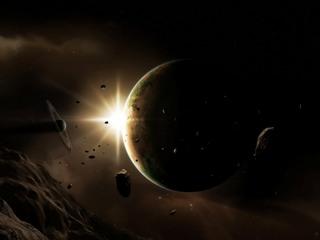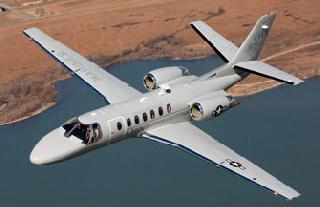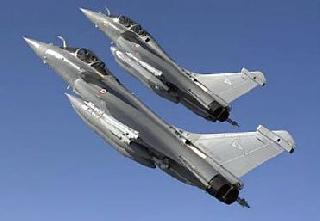
LONDON (PTI): Astronomers generally weigh a distance star using computer models which yields only an estimate.
Now, a US scientist has claimed using a new method a star can be "weighed directly" with the help of a moon.
If the star has a planet and that planet has a moon, and both of them cross in front of their star, then we can measure their sizes and orbits to learn about the star, according to David Kipping, an astrophysicist at the Harvard-Smithsonian Centre for Astrophysics in Cambridge, UK.
"I often get asked how astronomers weigh stars. We've just added a new technique to our toolbox for that purpose," said Kipping.
Astronomers have found more than 90 planets that cross in front of, or transit, their stars. By measuring the amount of starlight that's blocked, they can calculate how big the planet is relative to the star.
But they can't know exactly how big the planet is unless they know the actual size of the star. Computer models give a very good estimate but not the real measurement.
Kipping realised that if a transiting planet has a moon big enough to see (by also blocking starlight), then the planet-moon-star system could be measured in a way that lets us calculate exactly how large and massive all three bodies are.
"Basically, we measure the orbits of the planet around the star and the moon around the planet. Then through Kepler's Laws of Motion, it's possible to calculate the mass of the star," explained Kipping.
The process isn't easy and requires several steps. By measuring how the star's light dims when planet and moon transit, astronomers learn three key numbers: the orbital periods of the moon and planet, the size of their orbits relative to the star, and the size of planet and moon relative to the star.
Plugging those numbers into Kepler's Third Law yields the density of the star and planet. Since density is mass divided by volume, the relative densities and relative sizes give the relative masses.
Finally, scientists measure the star's wobble due to the planet's gravitational tug, known as the radial velocity.
Combining the measured velocity with the relative masses, they can calculate the mass of the star directly.
"If there was no moon, this whole exercise would be impossible," stated Kipping. "No moon means we can't work out the density of the planet, so the whole thing grinds to a halt."
Kipping hasn't put his method into practice yet, since no star is known to have both a planet and moon that transit.
However, NASA's Kepler spacecraft should discover several such systems.
"When they're found, we'll be ready to weigh them," said Kipping, whose research will appear in the 'Notices of the Royal Astronomical Society'.
 Previous Article
Previous Article Next Article
Next Article












The Indian Air Force, in its flight trials evaluation report submitted before the Defence Ministry l..
view articleAn insight into the Medium Multi-Role Combat Aircraft competition...
view articleSky enthusiasts can now spot the International Space Station (ISS) commanded by Indian-American astr..
view article